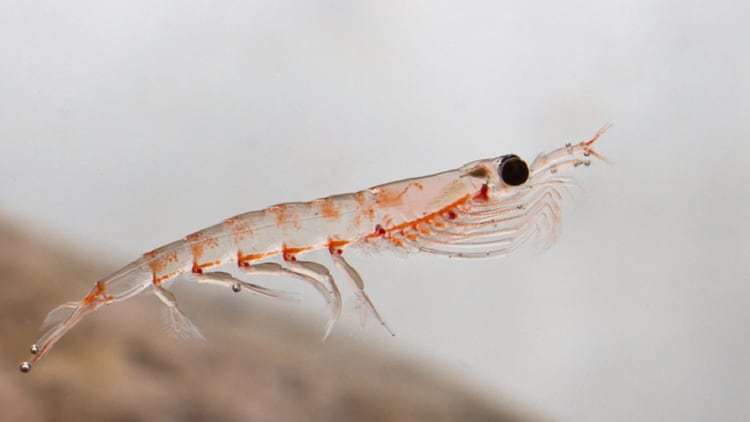The double-blinded, randomised controlled clinical trial took place in Chengdu between November and September 2022, where 70 children aged zero to three and hospitalised with acute diarrhoea were involved.
For seven days, the intervention group took a sachet containing 10bn CFU of Bifidobacterium animalis sp. Lactis XLTG11, while the control group took only maltodextrin.
Both groups received conventional treatment at the same time.
The strain was isolated from the intestines of healthy infants in China. Findings of an animal study published last year shown that it could improve diarrhoea related to antibiotic consumption by promoting the recovery of intestinal flora and mucosal barrier function.
During the study, the researchers recorded the frequency of abdominal cramps, nausea, vomiting, constipation, and low appetite in the children, as well as their faecal samples.
Writing in Nutrition, the researchers said that the duration of diarrhoea and hospital stay was significantly shorter in the intervention group.
For instance, the duration of diarrhoea was 121.3 ± 11.5 hours in the intervention group, while that of the control group was longer at 133.4 ± 14.1 hours.
Hospital stay for the intervention group was recorded at 3.4 ± 1.1 days, as compared to 4.0 ± 1.3 days in the control group.
“It is important to note that XLTG11 showed good adjuvant effects in the treatment of acute watery diarrhoea as early as the second day of treatment…The reduced faecal frequency may be attributed to three factors: the time effect, the intervention effect, and the interaction between the two,” said the researchers.
The study was supported by the Dipro, a Shanghai-based probiotic firm.
Calprotectin levels
The level of calprotectin detected in the stool samples of the intervention group was also significantly lower than the control group.
By the end of the trial, calprotectin level in the intervention group was 928.91 ± 158.90 ng/g, while that of the control group was 1029.86 ± 133.25 ng/g.
Calprotectin is a protein released by the white blood cell neutrophil. Inflammation in the gut causes neutrophils to release calprotectin, resulting in an elevated level of calprotectin in the stools.
Calprotectin faecal test is usually conducted to detect inflammation in the intestines, as well as to distinguish inflammatory bowel disease and non-inflammatory bowel conditions.
Microbiota differences
Faecal microbiome analysis showed that Actinobacteria, Bifidobacterium, and Bifidobacterium longum were dominant in the intervention group by the end of the trial. However, Proteobacteria, Enterococcus, and Enterococcus faecium were dominant in the control group, which showed that the probiotic strain could modulate the gut microbiome.
“Linear discriminant analysis scores (>4) from LEfSe analysis at genus and species levels identified several bacterial genera and species that differed significantly between the two groups.
“Notably, B. longum, B. breve, and Escherichia coli species were more abundant in children from the intervention group, while Klebsiella variicola and Enterococcus faecium species were more abundant in children from the control group,” said the researchers.
The researchers concluded that Bifidobacterium animalis sp. Lactis XLTG11 could serve as an adjunctive treatment for acute diarrhoea in children.
“This study showed that XLTG11 administration can change the gut microbiome composition and improve clinical manifestations, suggesting that XLTG11 is conducive to the reconstruction of healthy gut microecology.”
Source: Nutrition
Adjunctive efficacy of Lactis XLTG11 for Acute diarrhoea in children: A randomized, blinded, placebo-controlled study
DOI: 10.1016/j.nut.2023.112052
Authors: Chen K et al





